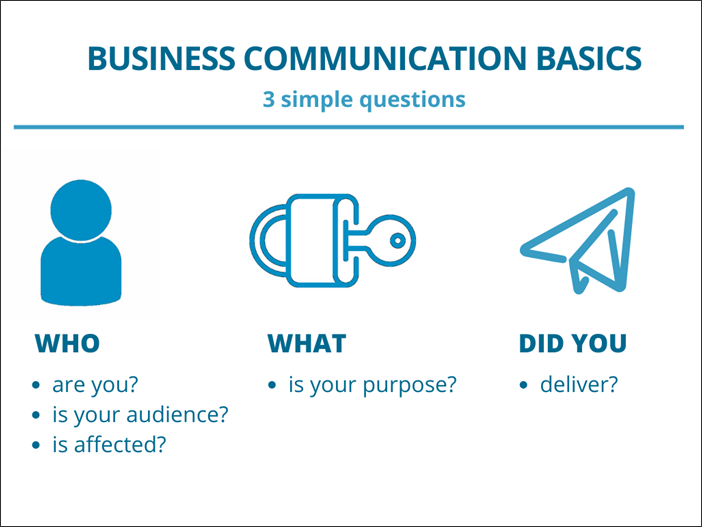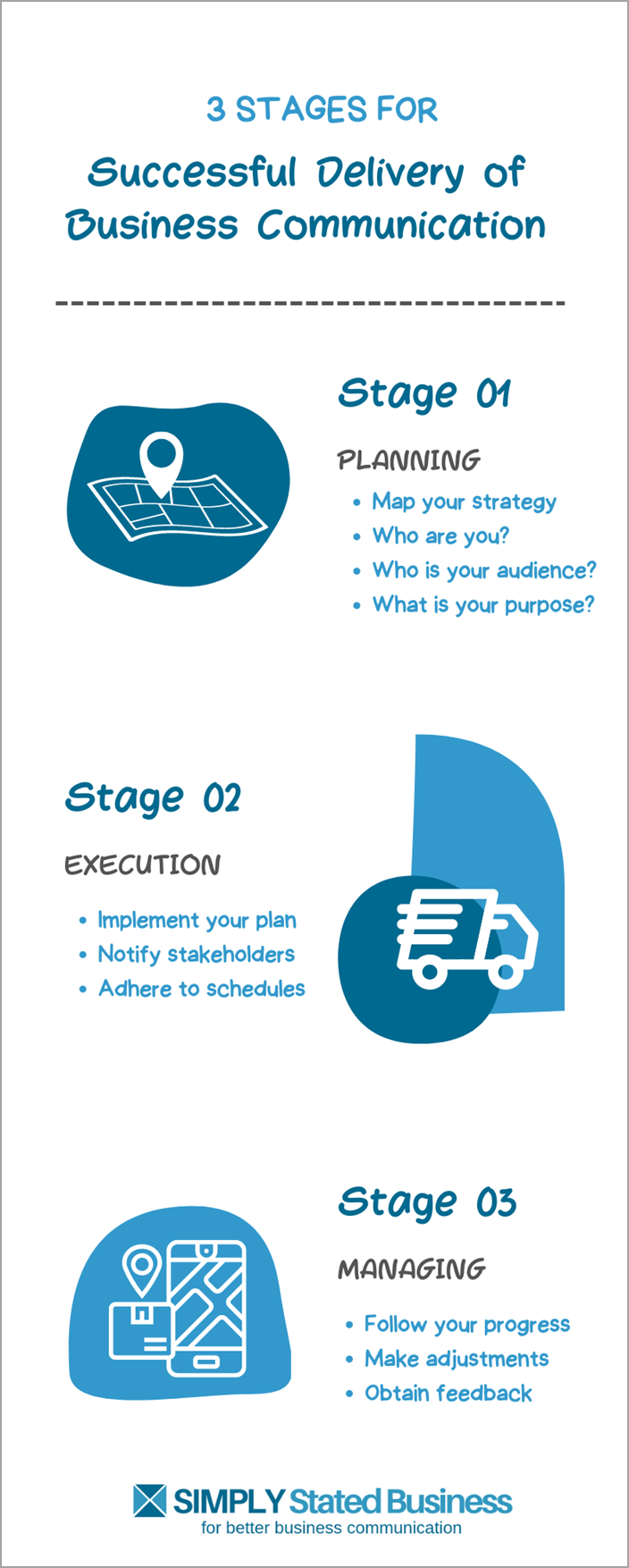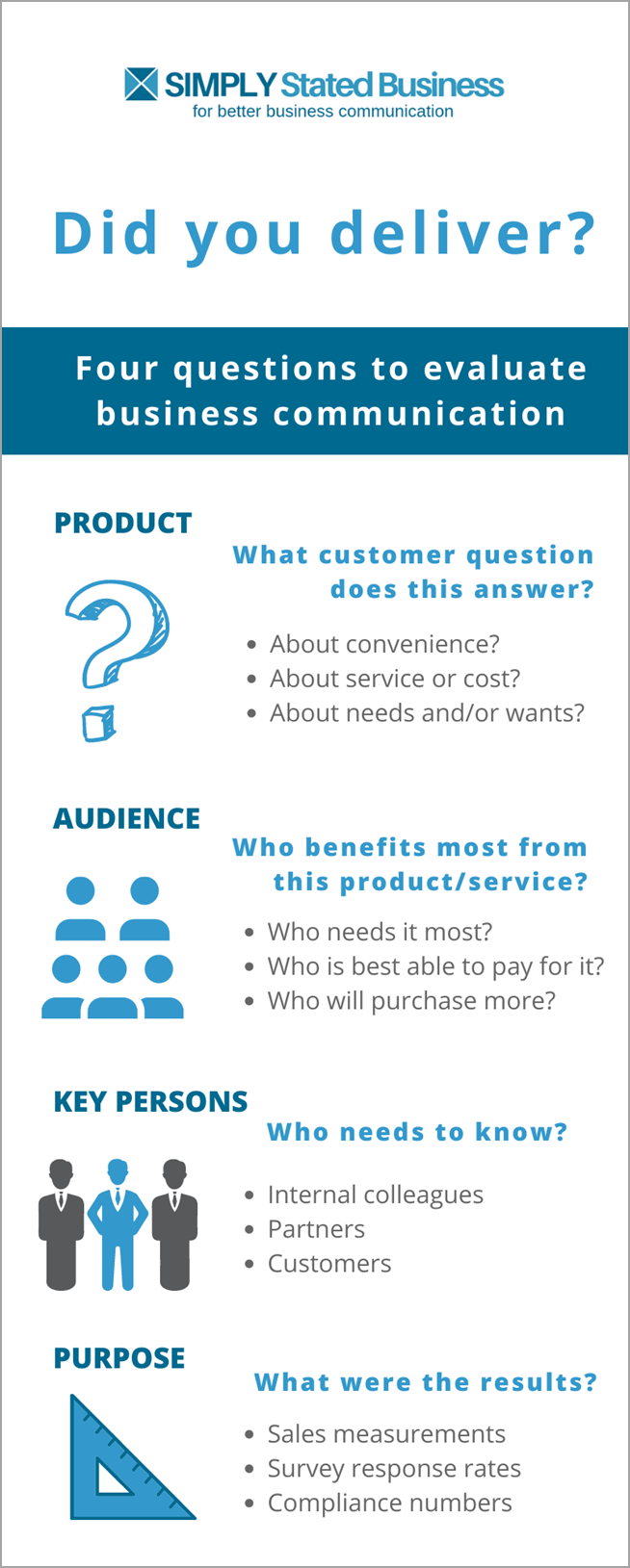 Look to the skies and you may see an Amazon drone delivery coming your way. At least if you live in California and Texas.
Look to the skies and you may see an Amazon drone delivery coming your way. At least if you live in California and Texas.
Although Amazon’s speedy delivery has slipped (in my experience), the company has plenty of Amazon advocates.
Wouldn’t it be nice if your business communication audience became your company’s advocates?
Promises Made
Imagine the possibilities with your own company advocates.
- Employees rally in support – instead of water cooler whining
- Customers sling praise – rather than social media salvos
- You foster your own Amazon-like following
With so much media coverage on the Great Resignation and quiet quitting, businesses are shifting their staffing strategy. Not a bad thing.
When you think about it, much of the problem stems from broken promises. Promises of a great job, a more balanced life.
The delivery on promises is the first step from business apathy to business advocacy.
Delivery Checkpoint
So, how does business communication help with bigger issues like the Great Resignation? It’s a start of a good pattern.
Communication is the articulation of a promise. Delivery is proof of a promise kept.
With consistent delivery of business communication basics, you, too, can cultivate true business believers.

You understand the basics. But are you sailing along without a reality check? Do you deliver on the basics?
Your business communication audience may not look for drone-like delivery, but they can be fickle.
- Some Amazon prime customers report longer than the promised two-day shipping.
- And they are not happy.
- Advocates remain loyal – to a point.
Delivery Stages
Think about your business communication. How do you know you deliver the goods?
Businesses that know how to deliver, gain a competitive advantage. They don’t gain that advantage by chance. They always have a Plan B (and sometimes, C, D & E).
As anyone in the logistics industry will tell you – stuff happens.
- Mother Nature decides to shut down airports.
- Shipping addresses are mislabeled; packages are damaged or lost.
- Oh, and the little issue of a global pandemic.
The art of logistics lies in planning, execution, and management. The same three stages influence how well you deliver on your business communication basics (as illustrated below).

You can download a pdf copy of the above graphic.
Delivery Confirmation
Delivery confirmation of a physical product is easy. Carriers have sophisticated tracking processes.
- But how do you know if you targeted the right audience?
- Or if your product solves their problem?
Incorporate checkpoints throughout your three stages and apply them to of the following.
1. Product
Your business product/service should answer a question your targeted audience has (even if they don’t know they have it).
If you can answer the question, you can deliver the goods.
In the beginning, few Amazon customers thought about purchasing “everything” online. However, after sending an email to 1,000 random people, Jeff Bezos decided Amazon could become the “everything store.”
The question Amazon answered? How can shopping be more convenient, while providing a bigger selection and lower cost?
When you plan your business communication, ask yourself:
What customer question does this answer?
If you cannot identify a customer’s question, your product or service may not be the answer. On the other hand, maybe you are swimming in the wrong ocean.
2. Audience
So, you identified your target audience in the planning stage. How do you know if you chose the right target?
Remember the post about the Shark Tank? In that post, you read about the Ionic Ear. While I doubt the inventor will find a market for that product, the Sharks often guide entrepreneurs into better markets.
You could have the right product, but the wrong target audience.
To have better aim, first ask:
Who benefits most from this product/service?
Next, narrow your target by asking additional questions.
- Who needs the product/service most?
- Who is best able to pay for it?
- Who is most likely to purchase more?
3. Key Persons
Whether internal or external, there are several key persons (or stakeholders) in the planning, execution, and managing of your business communication.
The question for successful delivery is a simple one.
Who needs to know?
How Sharing Business Communication Could Save Your Life offered ideas and a template to help answer that question.
Follow that question with perhaps even a bigger one.
What do they think?
Remember to ask for feedback throughout the three phases.
- Is there a better way to proceed?
- Use beta testers for potential products.
- What could be improved?
4. Purpose
Communication without purpose is like a space module that’s become untethered from the main ship.
- It floats endlessly in space.
- Sightings are by chance only.
- If it does land, it typically crashes.
So, once you identify your purpose, you need a measurement of success.
What were the results?
The following are examples of possible measurements.
- If the purpose is sales, set a measurement target (e.g., 10% increase, sale of 400 units, etc.).
- If the purpose is feedback, set a response rate measurement (e.g., 25% survey response rate, completed interviews with all employees, etc.).
- If the purpose is compliance education, the measurement is the incidence of non-compliance following the communication.
One Last Delivery
Longer posts deserve visual aids. That’s my philosophy.
So, I created one last visual delivery of ideas (as shown below). This one is also in a pdf format for your downloading pleasure.

What ideas do you have to ensure you deliver on business communication? Please share your ideas in Comments.
==================================
Note: This post originally published on July 18, 2016. This September 19, 2022 version updates it.
===================================

0 Comments